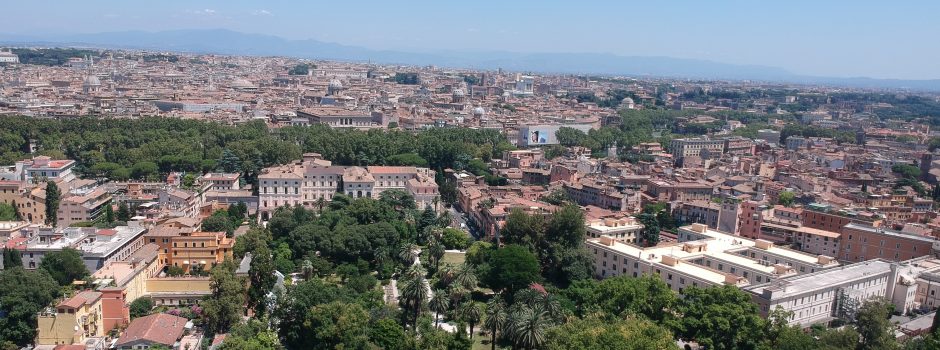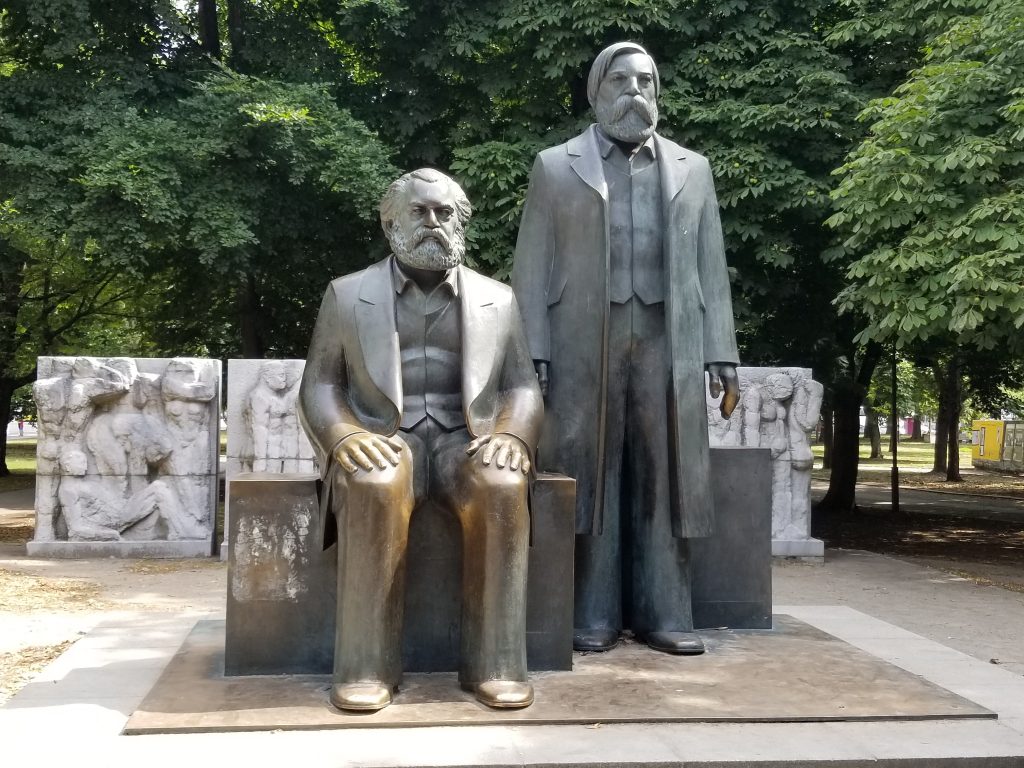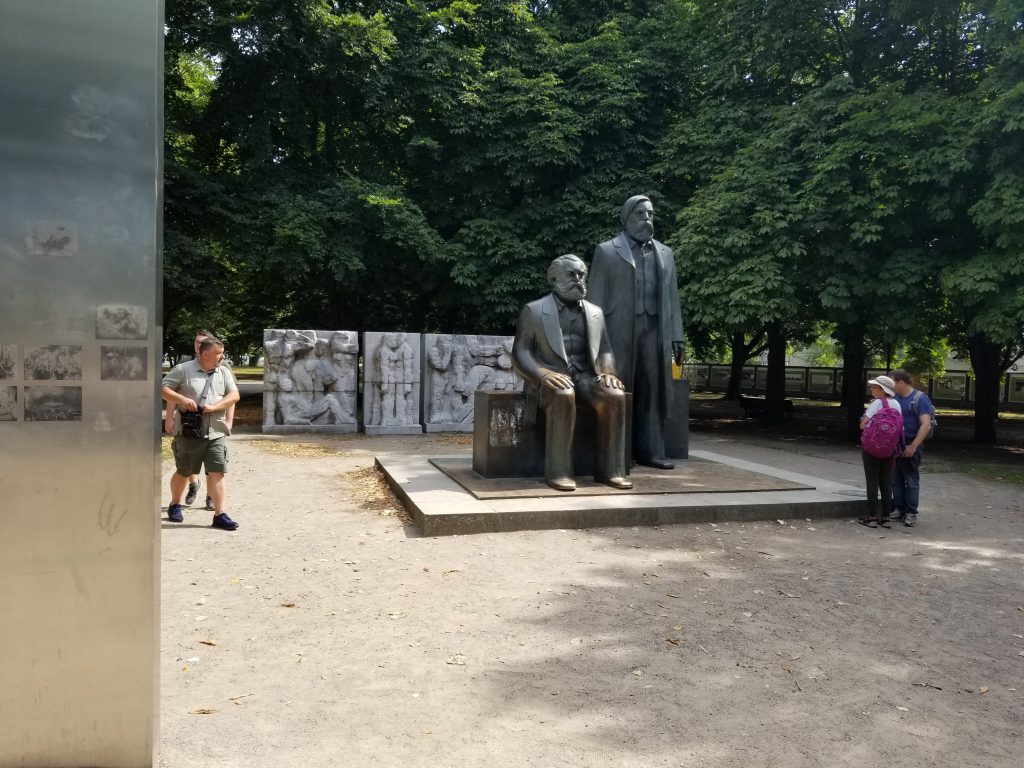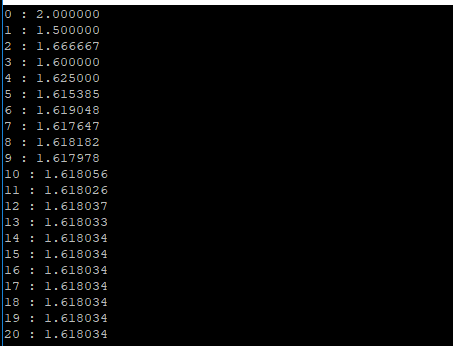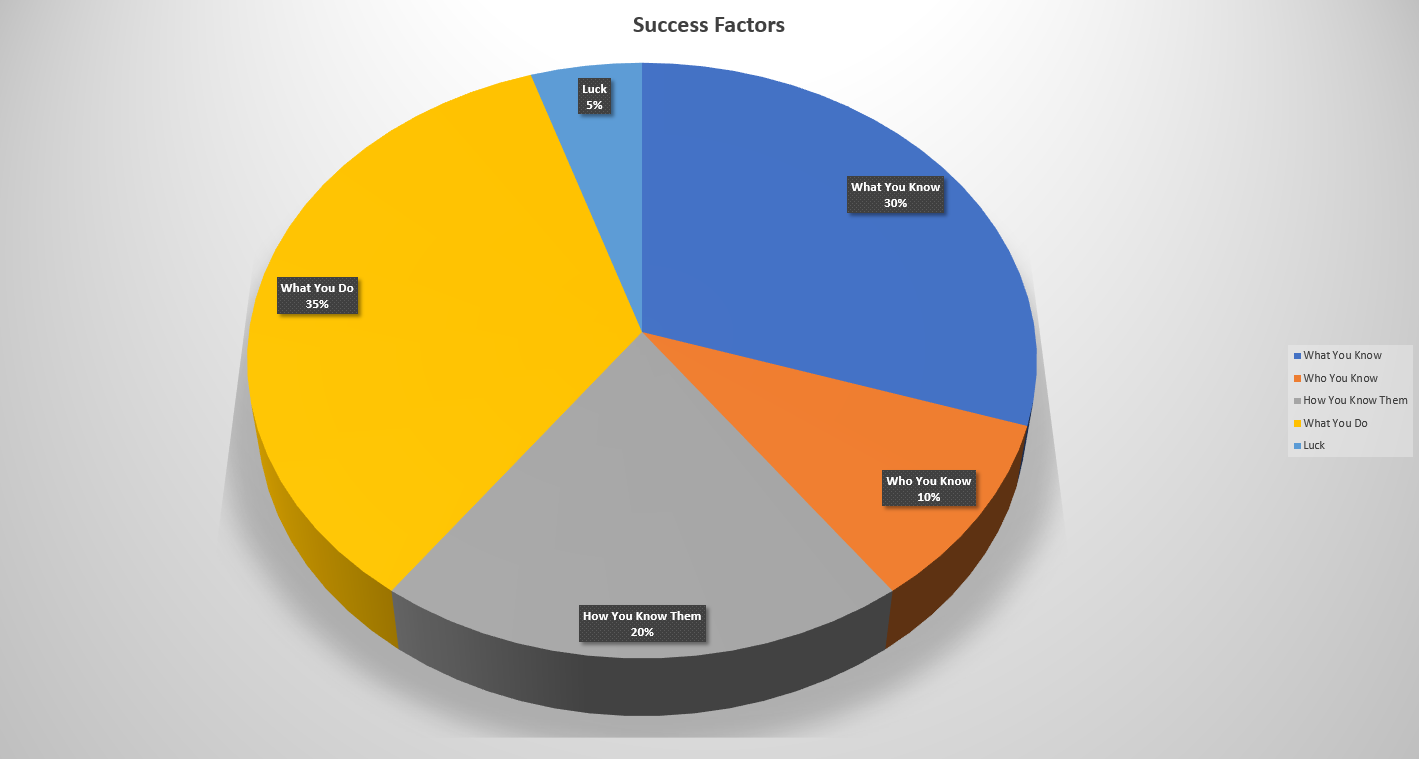The Eulogy I gave at the Funeral of my Grandmother (Nonna in Italian) in January 2021:
So, when I was thinking of what to say today, I was faced with a choice to either share my memories of Nonna, or talk about who she was and how she lived her life. Then I thought that over the next few weeks, we will all be sharing our memories and stories about our Nonna, our Mother. So instead of doing that here, I want to give all of you an insight into the woman who was my second mother.
Nonna was a strong woman, stronger than most of you might realize, but I guarantee if you think about my words here today and then remember back to your own experiences with her you will understand what I mean.
Everyone knew Nonna as the strict, sometimes over the top, Italian grandmother and mother, the matriarch of our family, and I know all of you saw through the tough Italian Woman veneer to the loving person she really was.
Think back to everything she did over her lifetime with us. You might first think about how she was a master cook that ruled over the kitchen and cleaned the house 3 times a day while dinner was cooking, or how she would pray morning, noon, and night, but she was much more than a housewife and a woman of great faith.
We often think of Nonno first, as the person that keeps our family together, and that is true, but what is also true is that his marriage to Nonna was a partnership and they ran our family together. I don’t think Nonno alone could keep a family of us nuts sailing straight without his wife by his side. I don’t think there is a better example of the yin and yang, than Nonna and Nonno. Our family needed a woman like Nonna, I know I did.
In many ways Nonna ruled over our family with a tighter fist than Nonno, when she saw you not going to Church, or doing bad in School, or being lazy, she was the first person to tell you, you are going to hell, or you are a delinquent, or you are a bum. In fact, when I was a kid, she called me a bum every summer for not having a job since I was 8 years old.
Nonna never complained, about anything really. She was selfless when it came to her family. Whatever we needed, she would find a way, working with her husband to give it to us. She did so happily, she wanted to be the person behind the scenes making sure every Holiday, every life event went perfectly. And if you did something wrong to screw up, she would let you know, harshly, in front of everyone.
Nonna was fearless unless harm was going to come to her family, and she did everything in her power to make sure nothing ever did, she protected us and loved us all.
Today’s young women should learn from Nonna’s life as an example of how to be strong women. I think most problems we see in the world today, is because we have lost the ideal of the family. Family was the most important key to success throughout human history, and that is what each of us need to get back to. Success through the family, not of the self.
This was success and happiness to Nonna. Not the job she did, or the education she had, or how much money she had, but how she could create a warm, loving, and safe home for her family. In the end there were only two things she truly loved, her family and God.
This selflessness, this love of Nonna’s is what I will miss the most, and I just want to thank Nonna for the love and faith she gave to her family. Nonna, we love you; we miss you, and until we meet again, may you enjoy all the riches, wonders, and understanding of the universe, God gives to you in heaven.
~ Robert Ilardi
